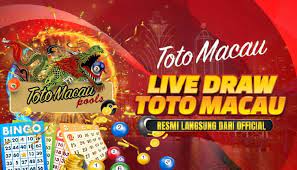The Joker card, often regarded as the wild card in card games, holds a unique and multifaceted place in the world of playing cards. Originating in the United States during the mid-19th century, the Joker has evolved from a simple deck accessory into a potent joker card balance, chaos, and versatility across various cultures and contexts.
Historical Background
The Joker card first appeared in a modified version of the game of Euchre, introduced to American card decks around 1860. Initially known as the “Best Bower,” it was designed to serve as the highest trump card. As card games evolved, so did the role of the Joker. In the early 20th century, it began to take on a more significant presence in games like poker, where its wild card status allowed it to represent any other card, greatly increasing the potential for strategy and surprise.
Design and Variations
Typically, the Joker is depicted in a whimsical, often colorful design, featuring a court jester or clown. Its imagery varies widely depending on the deck, with some Jokers showcasing intricate artwork and others opting for more minimalist designs. Many decks include two Joker cards, allowing for greater flexibility in gameplay.
Role in Card Games
The Joker’s role in card games is primarily as a wild card, which means it can be used to substitute for other cards to create winning combinations. This adaptability introduces an element of chance and strategy, as players must decide when to utilize the Joker for maximum effect. In games like Texas Hold’em, the presence of Jokers can significantly alter the dynamics, leading to unpredictable outcomes.
Popular Games Featuring Jokers
- Rummy: In many variations of Rummy, the Joker can be used as a substitute for any card, making it easier for players to form sets and sequences.
- Canasta: In this classic card game, Jokers are highly valued and can serve as wild cards, adding complexity to gameplay.
- Poker: While most poker games do not typically use Jokers, some home games and variations may include them, adding an exciting twist.
- Old Maid: In this family game, Jokers can be used to enhance gameplay or even create new rules.
Cultural Significance
Beyond the realm of gaming, the Joker card has taken on a deeper cultural significance. It is often associated with the concept of chaos and unpredictability. In literature, film, and art, the Joker is portrayed as a figure that embodies rebellion against societal norms. One of the most iconic representations is that of the Joker in the Batman franchise, who symbolizes anarchy and chaos, challenging the established order.
In tarot readings, the Joker card is sometimes linked to The Fool card, representing new beginnings, spontaneity, and the potential for growth. This connection further cements the Joker’s role as a powerful archetype in various narratives.
Conclusion
The Joker card stands as a testament to the complexities of chance, strategy, and chaos in both games and broader cultural contexts. Its ability to transform from a simple game piece into a symbol of rebellion and unpredictability underscores its unique position in the world of cards. Whether you’re playing a game or exploring its cultural implications, the Joker remains an enduring figure that captures the imagination and reflects the unpredictable nature of life itself.
